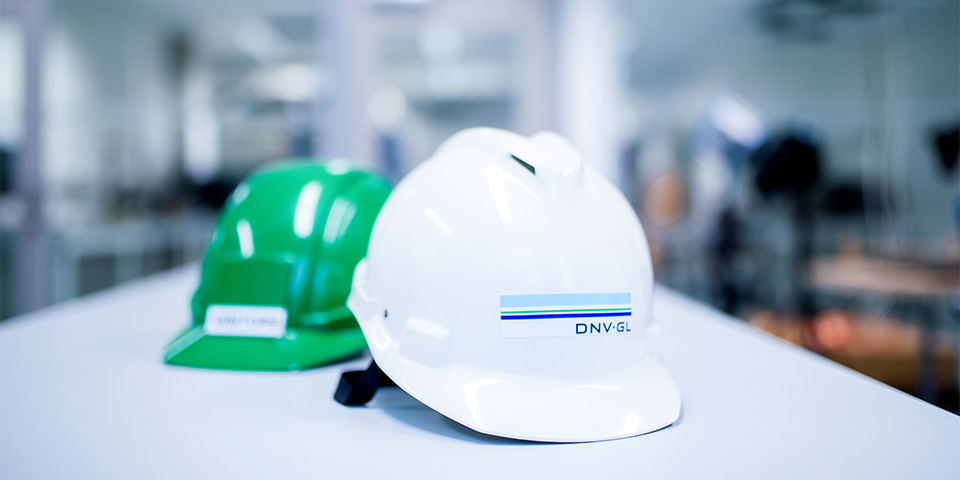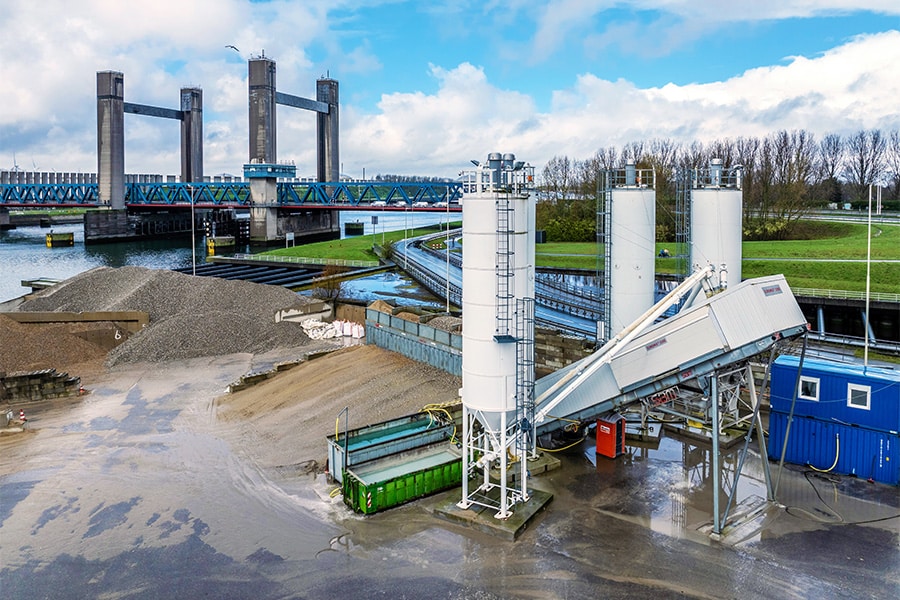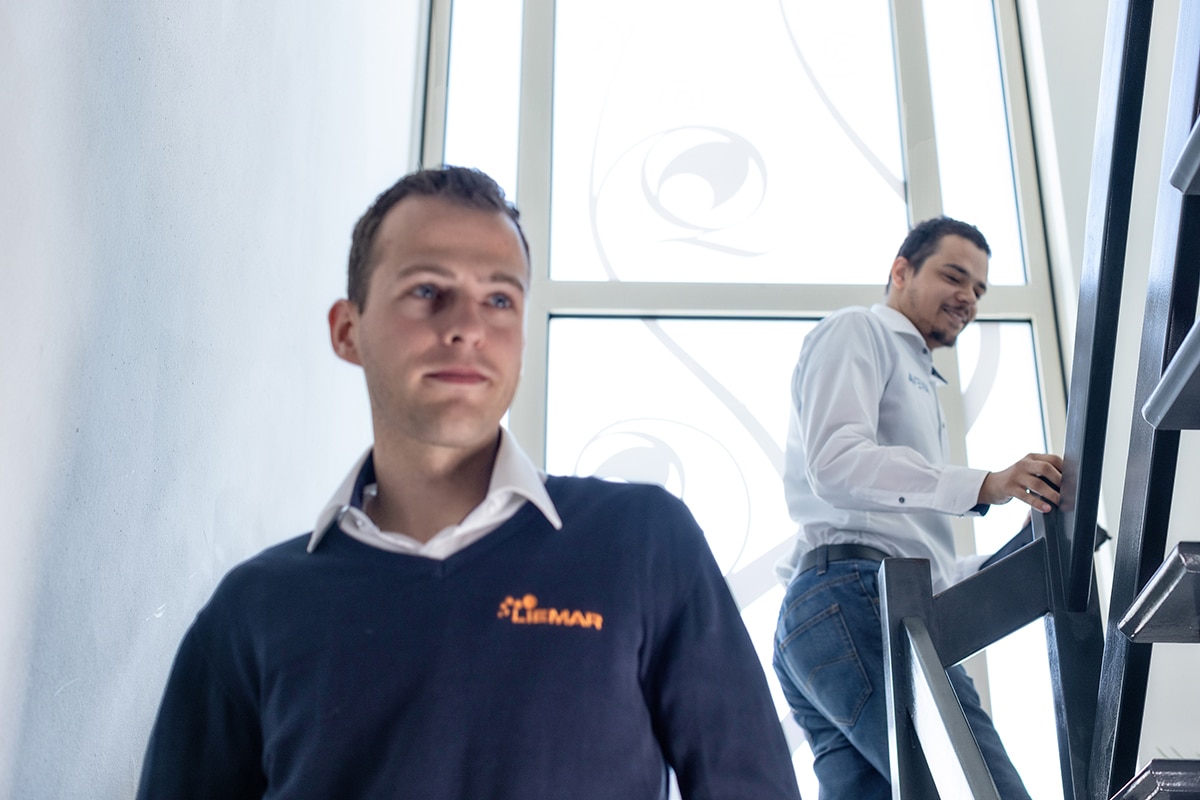
Healthy and safe work pays off
On March 12, 2018, ISO published the new Occupational Health and Safety (H&S) standard: ISO 45001. According to Arjan Veldkamp of certification body DNV GL - Business Assurance, the new standard perfectly aligns with the ISO 9001 and 14001 standards commonly used for the concrete and steel construction industry. Moreover, the ISO 45001 is anything but an "administrative phantom" and even saves companies money.
The Netherlands is dictated by laws, rules and norms. "That is simply the reality and it is only getting more and more," Veldkamp states. "For companies, it is important that they are manageable and remain clear. However, the time of thick manuals gathering dust in a closet is over, especially when it comes to the new ISO standards. ISO 45001 replaces OHSAS 18001 and is officially titled, "Management systems for healthy and safe work - Requirements with guidelines for use. The standard describes what requirements a company must meet to continuously improve the well-being, health and safety of employees."

The ISO 45001 standard describes the requirements a company must meet to continuously improve the well-being, health and safety of employees
Grip
ISO 45001 helps companies get a grip on working conditions. Veldkamp: "Companies that are already familiar with structured thinking - thanks to ISO 9001 and ISO 14001 - can professionalize their organization even further with ISO 45001. The standard forces companies to improve continuously by formulating clear objectives, following them up and performing risk analyses. In this way, bottlenecks are identified and actions are initiated to improve them. Thanks to ISO 45001, this is done in a structured way instead of piecemeal actions without follow-up. It is also a tool for management to maintain an optimal overview of the structured improvements taking place."
Self-responsible
A company is responsible for setting up its own processes in accordance with ISO 45001, Veldkamp continued. "They will have to map out the processes themselves, perform risk analyses and draw up a continuous improvement plan to improve working conditions for employees. We then come in to assess companies." DNV GL is a global Norwegian certification body with more than 1,000 employees in the Netherlands alone. "We certify companies based on international standards and, during an audit, review and advise on what, if anything, could be done better or smarter."
According to Veldkamp, ISO has made huge strides in recent years. "Paper today is only a tool to record and secure the vision and structural improvements in the case of ISO 45001. The guidelines are dynamic and require great participation and involvement of the employees themselves. They in particular must feel that by implementing structured (process) improvements, working conditions will improve. It increases safety, improves health and ultimately leads to less absenteeism and higher well-being. After all, motivated employees perform better. A win-win," concludes Veldkamp.



